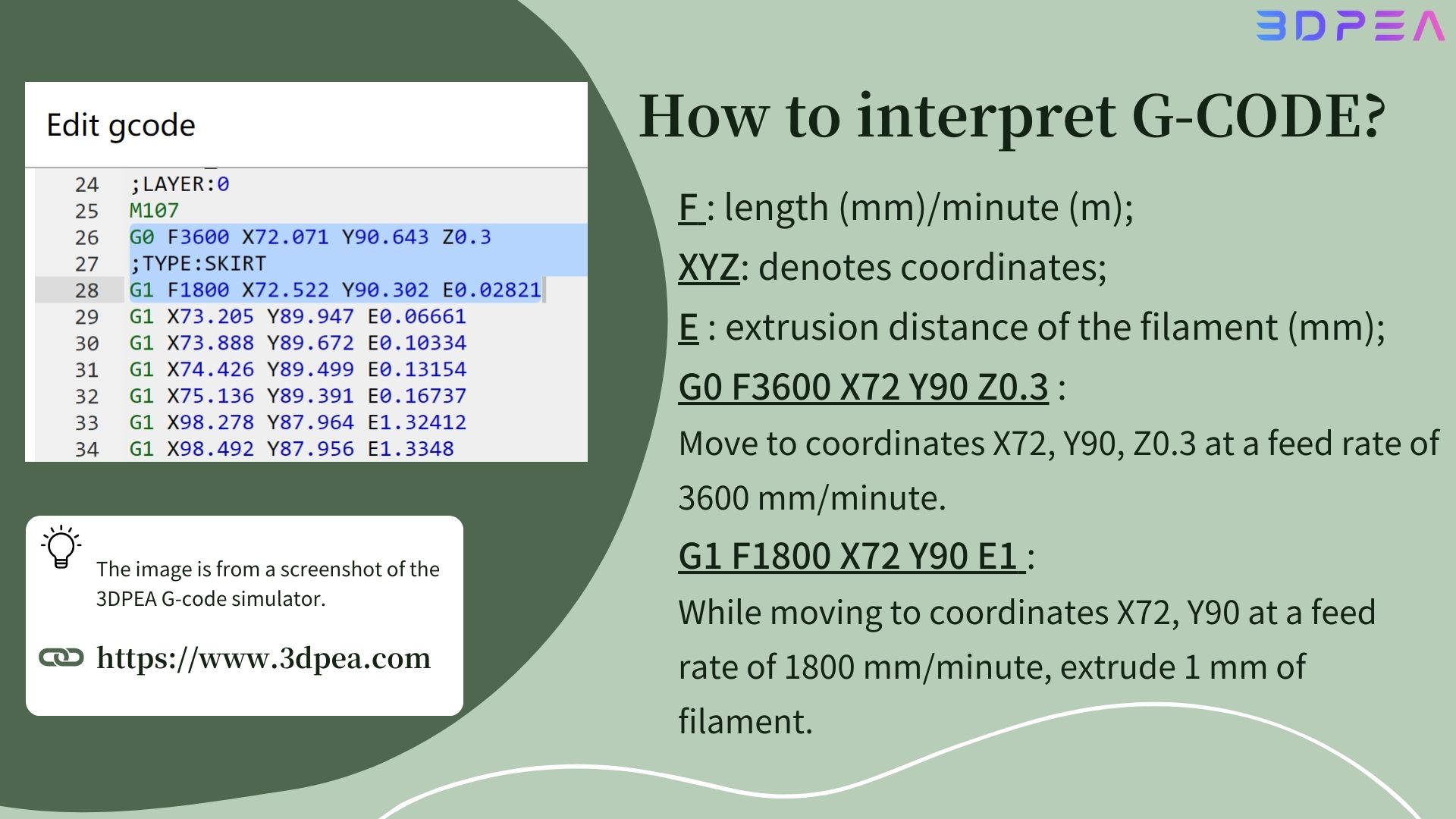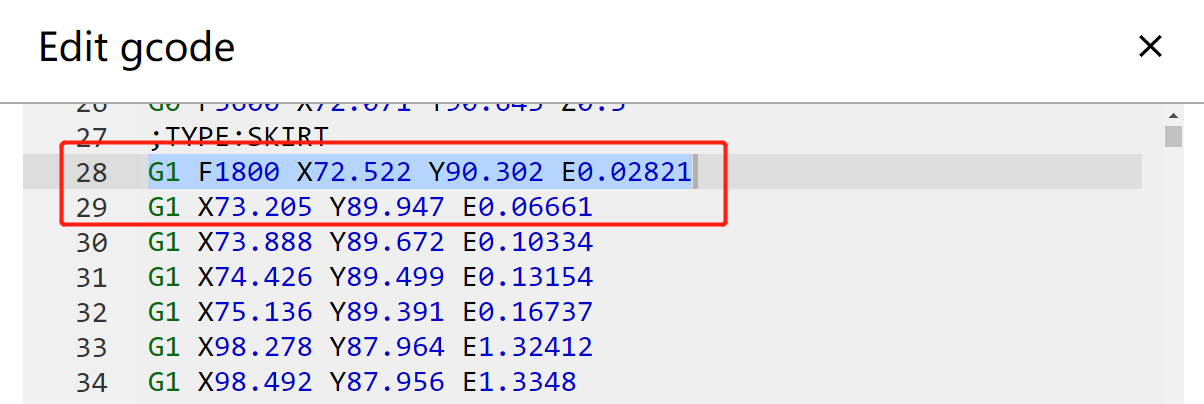How to convert avif to png online?

Embrace the latest image technology! Now you can effortlessly convert AVIF format images to PNG for compatibility with a wider range of platforms and devices. AVIF is an efficient image compression format that offers smaller file sizes and higher image quality compared to traditional formats. Whether you're sharing photos with friends or showcasing your work on social media, converting AVIF to PNG will ensure your images look perfect everywhere. Try our online conversion tool now and let your images flow freely!
With 3dpea converter, only 4 steps to convert avif to png.
1 Logging to 3dpea website
2 select the avif as the input format and png as the output format
3 click the [Upload a file] button
4 After conversion is finished, click the [download] button to save to your own device.

The Ultimate AIVF to PNG Converter: Seamlessly Transform Your Files with Ease
Understanding the Power of File Conversion
The Key Features of Our AIVF to PNG Converter
Real-Life Applications and Benefits
Why you need to change jfif to png?
In this article, I will introduce to you what JFIF format is, the differences between JFIF and PNG, why there is a need to convert JFIF to PNG, and how to perform the conversion from JFIF to PNG.
What jfif file format is and what's the differ between jfif and png?
JFIF (JPEG File Interchange Format) is a file format used for storing and transmitting JPEG images. It is a subset based on the JPEG standard and provides a universal format for image interchange. JFIF files typically have the extension ".jpg" or ".jpeg".
On the other hand, PNG (Portable Network Graphics) is a lossless bitmap image format. Similar to JPEG, PNG uses lossless compression algorithms, which means it does not result in any loss of image quality. PNG files usually have the extension ".png".
Why you need to change jfif to png?
There are several reasons why there is a need to convert JFIF to PNG.
Firstly, PNG format supports transparency, while JFIF does not. If you need to use a transparent background or have transparent parts in your image, converting JFIF to PNG can achieve that.
Secondly, since PNG is a lossless compression format, converting to PNG can avoid further degradation of image quality.
How to convert jfif to png?
To convert JFIF to PNG, you can use image editing software or online conversion tools. Many image editing software such as 3DPEA Converter support JFIF to PNG conversion. You can open the JFIF file and save it PNG format. Additionally, there are online conversion services available where you can upload the JFIF file, select PNG as the output format, and perform the conversion.
For more conversion information, you can click here to check it out.
AVIF to JPG Conversion: Understanding the Formats, Differences, and Conversion Methods
What is the file format .AVIF
Exploring JPG
Differences between AVIF and JPG
Is AVIF better than JPG?
Can you convert AVIF to JPG/JPEG online ?
What is AVIF? How to convert AVIF to JPG
What is AVIF?
What is JPG?
Comparison of AVIF and JPG
| Characteristic | AVIF | JPG |
| Compression Efficiency | High | Medium |
| Image Quality Preservation | Excellent | Good |
| File Size | Small (helps mprove website loading speed and reduce bandwidth usage) |
Large |
| Compatibility | Limited | Widely Supported |
| Decoding Requirements | High | Low (uitable for various devices and platforms) |
| Applicable Scenarios | Website Optimization (suitable for website optimization, reducing image file sizes to improve loading speed and bandwidth usage) |
Wide range of Applications (widely used in various applications, including web graphics, photographs, and images requiring broad compatibility) |
Why do you need to convert AVIF to JPG?
How to convert AVIF to JPG quickly?
What g-code is and how g-code simulator work?
What g-code is and how g-code simulator work?
For more infomation , please watch the video or click here to check it out befor 3d printing.
video site:
g-code simulator site:
3D Printer What exactly is the G-code that appears when 3d printing?



